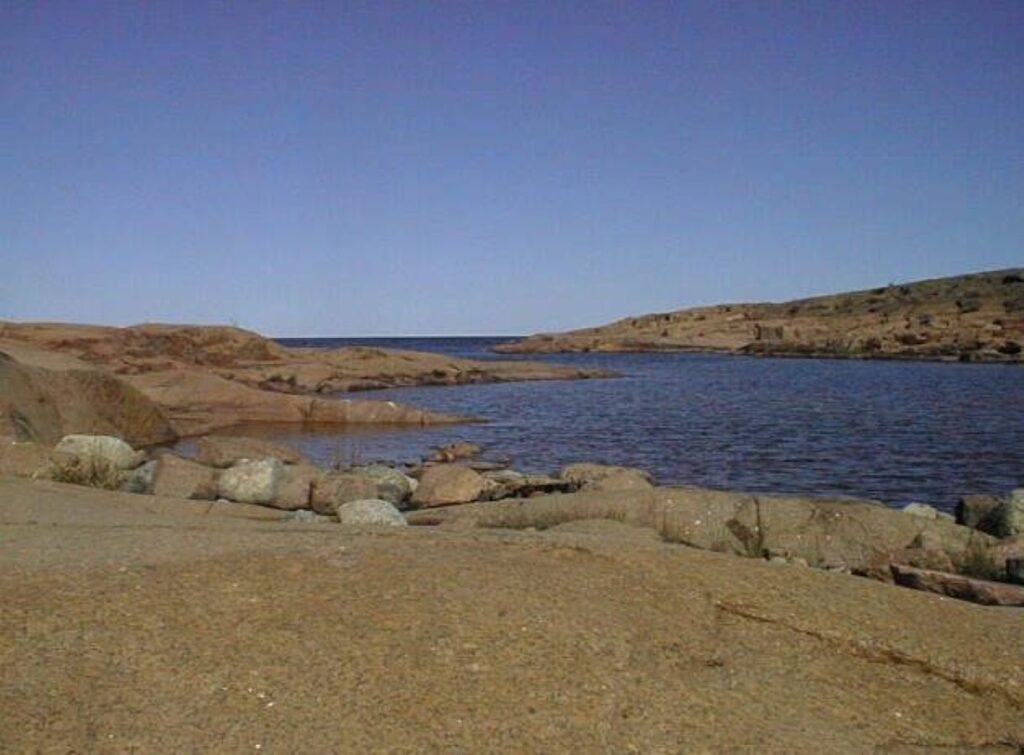Picture our planet over four hundred million years ago, before the first trees cast their shadows across the landscape. You’re standing on a world that would seem utterly alien, a place of bare rock and sweeping mudflats where only the simplest life forms dared to venture onto land. This was Earth in its raw, primitive state, yet it was precisely during this remarkable period that life was preparing for one of the most dramatic transformations in our planet’s history.
The story of pre-tree Earth isn’t just about barren landscapes. It’s about the incredible journey of tiny organisms that would eventually reshape the entire planet, creating the oxygen we breathe today and setting the stage for complex life to flourish. Let’s journey back to understand this forgotten world.
A World Dominated by Bare Rock and Sediment
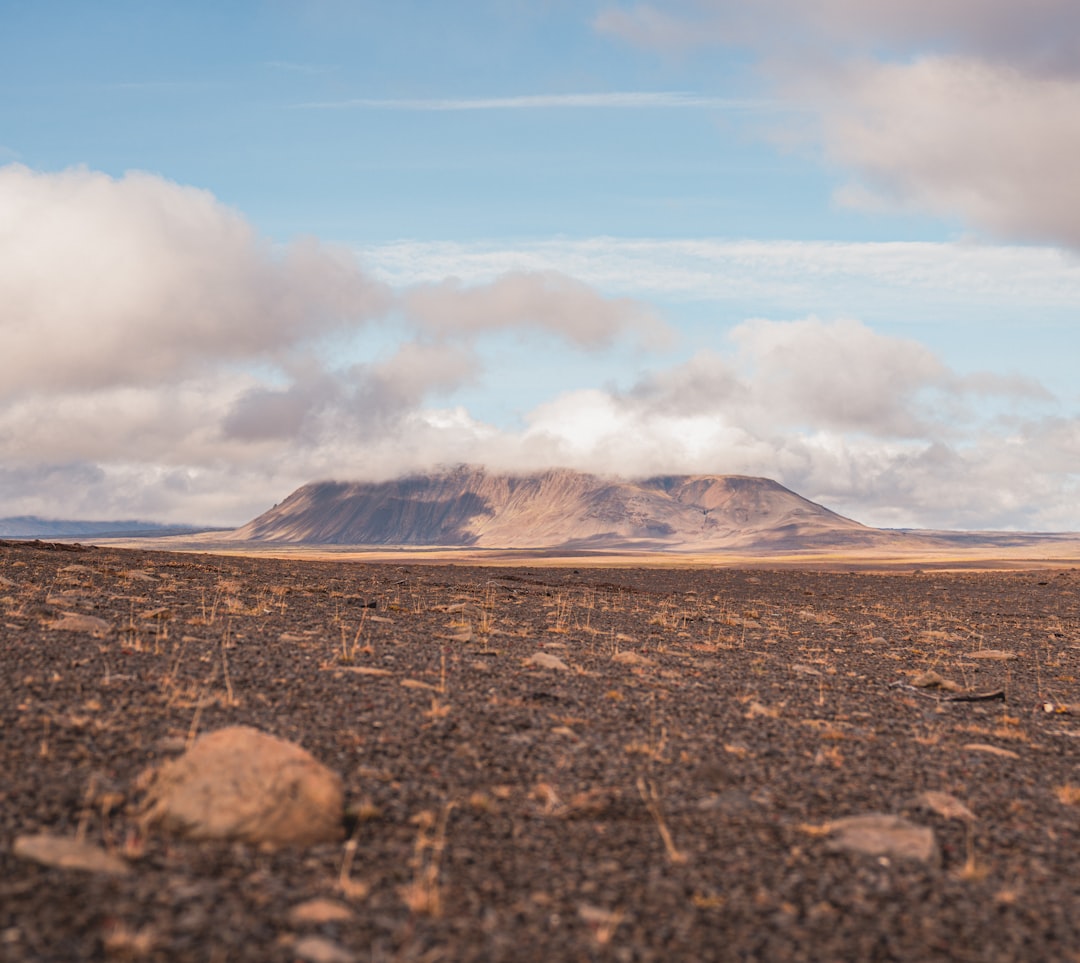
Before plants colonized the land, you would have encountered a planet that looked more like Mars than the green Earth we know today. The lack of vegetation exposed the unprotected surface of the ground to denudation, creating vast expanses of weathered rock and shifting sediments. Others are dry expanses of rock, sand, or salt flats that stretched as far as the eye could see.
Alluvial landscapes in the Cambrian consisted of broad, unconfined sheets of coarse sediment; mud comprised less than 15% of the sediment and included little organic matter. The landscape was constantly being reshaped by powerful geological forces, with flash floods generated not so much by rain-storms as by pulses of water surging through faults, as they suddenly slipped and brought up water from beneath the crust. This was a world in perpetual motion, where stability was rare and life had to be incredibly resilient to survive.
Rivers in the sense of meandering long-lived low-energy channels cutting into a vegetated landscape did not exist; most were high-energy, and their courses continually changing. The absence of plant roots meant there was nothing to hold soil together, creating a landscape vulnerable to constant erosion and reformation.
The Alien Atmosphere That Sustained Early Life

The air you would have breathed on early Earth would have been completely foreign to modern life. At that time, the earth had a reducing atmosphere, consisting of carbon dioxide, methane and water vapor, as opposed to the present-day atmosphere that consists primarily of nitrogen and oxygen. This ancient atmosphere was dramatically different, containing virtually no free oxygen that complex life depends on today.
Oxygen, O2, meanwhile, was present in the atmosphere at just 0.001% of recent atmospheric levels. Instead, the atmosphere was dominated by volcanic gases that poured from the young planet’s active crust. Scientists think the air was mostly made out of volcanic gases like carbon dioxide, creating a greenhouse effect that kept the planet warm despite the Sun being significantly dimmer than it is today.
This strange atmospheric composition had profound implications for life. Many scientists think that all the carbon dioxide in the air acted as a greenhouse gas and kept Earth warm. Billions of years ago, the Sun was less bright and not as warm, so all the carbon dioxide might have kept Earth’s surface from freezing. This early atmosphere was essential for allowing liquid water to exist on the surface, setting the stage for life to eventually emerge from the oceans.
Microbial Mats: The Planet’s First Land Colonizers
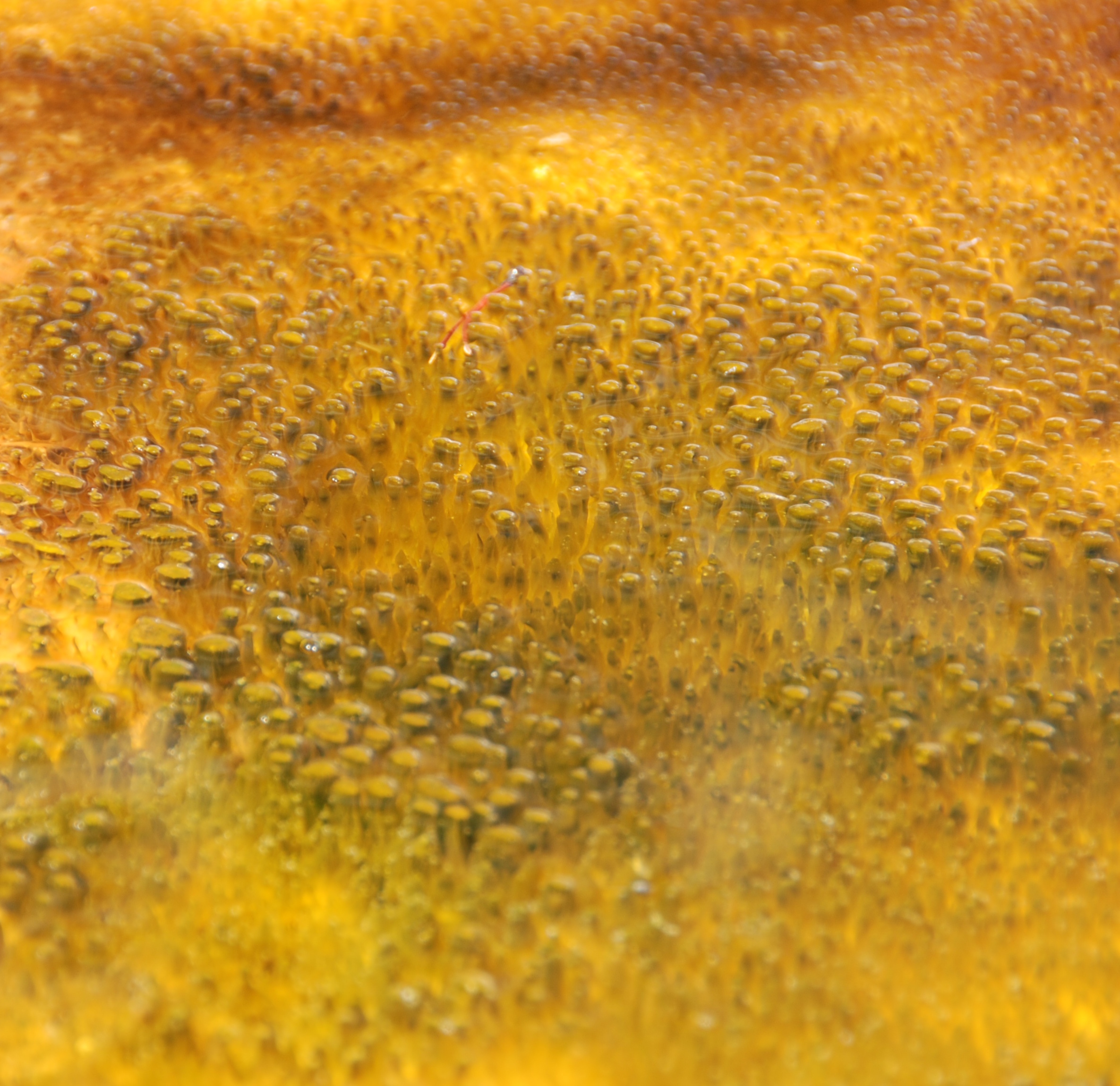
Though the landscape appeared desolate, it wasn’t completely lifeless. There is evidence that cyanobacteria and multicellular thalloid eukaryotes lived in freshwater communities on land as early as 1 billion years ago. These microscopic pioneers formed thin, slimy layers across wet surfaces, creating some of the first complex ecosystems on land.
The bacterial and algal mats were joined early in the period by primitive plants that created the first recognizable soils and harbored some arthropods like mites, scorpions and myriapods. These mats were incredibly important because they began the slow process of soil formation, breaking down rock and creating the foundation for more complex life to follow.
These early colonizers were masters of survival in harsh conditions. They could withstand extreme temperatures, intense ultraviolet radiation from the sun, and long periods without water. Their ability to photosynthesize meant they were slowly beginning to change the atmospheric composition, though this process would take hundreds of millions of years to have a significant impact.
The First Brave Plants Venture onto Dry Land

Evidence of the emergence of embryophyte land plants first occurs in the middle Ordovician (~470 million years ago), marking one of the most significant moments in Earth’s history. These early plants were nothing like the towering trees we see today. They were tiny, simple organisms that looked more like small green cushions scattered across the wet landscape.
Early Devonian plants did not have roots or leaves like the plants most common today, and many had no vascular tissue at all. They probably spread by a combination of vegetative reproduction forming clonal colonies, and sexual reproduction via spores and did not grow much more than a few centimeters tall. These humble pioneers were essentially living experiments in terrestrial life.
The earliest plants to really battle against gravity arose in the Silurian Period, around 433 million years ago. These little plants had individual spore-producing organs that are all connected by a branched stem. Underground, their root-like rhizoids absorb water and work as an anchor to support the main body of the plant. Though small, these plants represented a monumental leap in evolution, developing the first mechanisms for surviving on land.
Mysterious Giants: When Fungi Ruled the Landscape

Before trees dominated the land, there was a period when enormous fungi towered over the early plant communities. Its name is Prototaxites. Its fossils look somewhat like massive tree trunks but in fact it may have been the fruiting body of an immense fungus. The tallest of them are known to reach eight meters in height, towering above their plant neighbors like columnar alien monoliths. These giants must have been an incredible sight, standing like mysterious pillars across the ancient landscape.
These fungal towers played a crucial role in early terrestrial ecosystems. The age of giant mushrooms was not to last though. As the Late Devonian progressed, the clubmosses started growing much larger and became even better equipped to fight against gravity. Gigantic fungi had no place in this constantly evolving world and instead the plants took their place and evolved something extraordinary – wood.
The presence of these massive fungi tells us something important about the early terrestrial environment. They likely thrived on the abundant organic matter from dying plants and microorganisms, helping to recycle nutrients and create the first complex soil systems. Their decline coincided with the rise of more sophisticated plant life that could better compete for space and resources.
Soil Formation: Building the Foundation for Complex Life

One of the most critical developments during this period was the gradual formation of soil from bare rock. Before land plants, the soil on land was poor in resources essential for life like nitrogen and phosphorus and had little capacity for holding water. This meant that early colonizers had to be incredibly resourceful and hardy to survive.
The process of soil formation was slow and laborious. Soil bacteria fix nitrogen into compounds which are useful to plants. Roots and humic acids break up the ground further and enhance the weathering process. In time, burrowing ants and earthworms join the ferment. Over months and years, progressively greater depths of rock are converted into fertile soils.
Early plants formed crucial partnerships to survive in these nutrient-poor conditions. They probably relied on arbuscular mycorrhizal symbioses with fungi to provide them with water and mineral nutrients such as phosphorus. These fungal partnerships were essential for plant survival, with the fungi extending the plants’ reach for water and nutrients in exchange for sugars produced by photosynthesis.
The Great Atmospheric Revolution Begins

While the landscape was slowly being colonized by simple plants and fungi, a revolution was brewing in the atmosphere. Researchers hypothesize that the levels of oxygen released into the seawater by cyanobacteria gradually increased over time, and that over a span of 200-300 million years, oxygen was produced at a faster rate than it could react with other elements or get sequestered by minerals. The oxygen released by cyanobacteria steadily accumulated over vast swathes of the ocean and oxygenated the water.
This atmospheric transformation had dramatic consequences for life on Earth. Further, it is hypothesized that accumulation of oxygen in the atmosphere led to one of the earliest ice ages on earth. Methane is a greenhouse gas, since it traps heat from sunlight and warms the planet. As methane was displaced by oxygen, global temperatures cooled sufficiently to generate ice sheets that extended all the way from the poles to the tropics.
The increasing oxygen levels also enabled the formation of the ozone layer, which was crucial for life’s expansion onto land. Oxygen was also responsible for formation of the ozone layer in the atmosphere. The UV radiation from the sun split oxygen molecules (O2) into 2 atoms of oxygen, which then reacted with another oxygen molecule to generate ozone (O3). Ozone acts as a natural sunscreen to prevent harmful UV radiation from reaching the earth.
The Dawn of the Tree Era Approaches
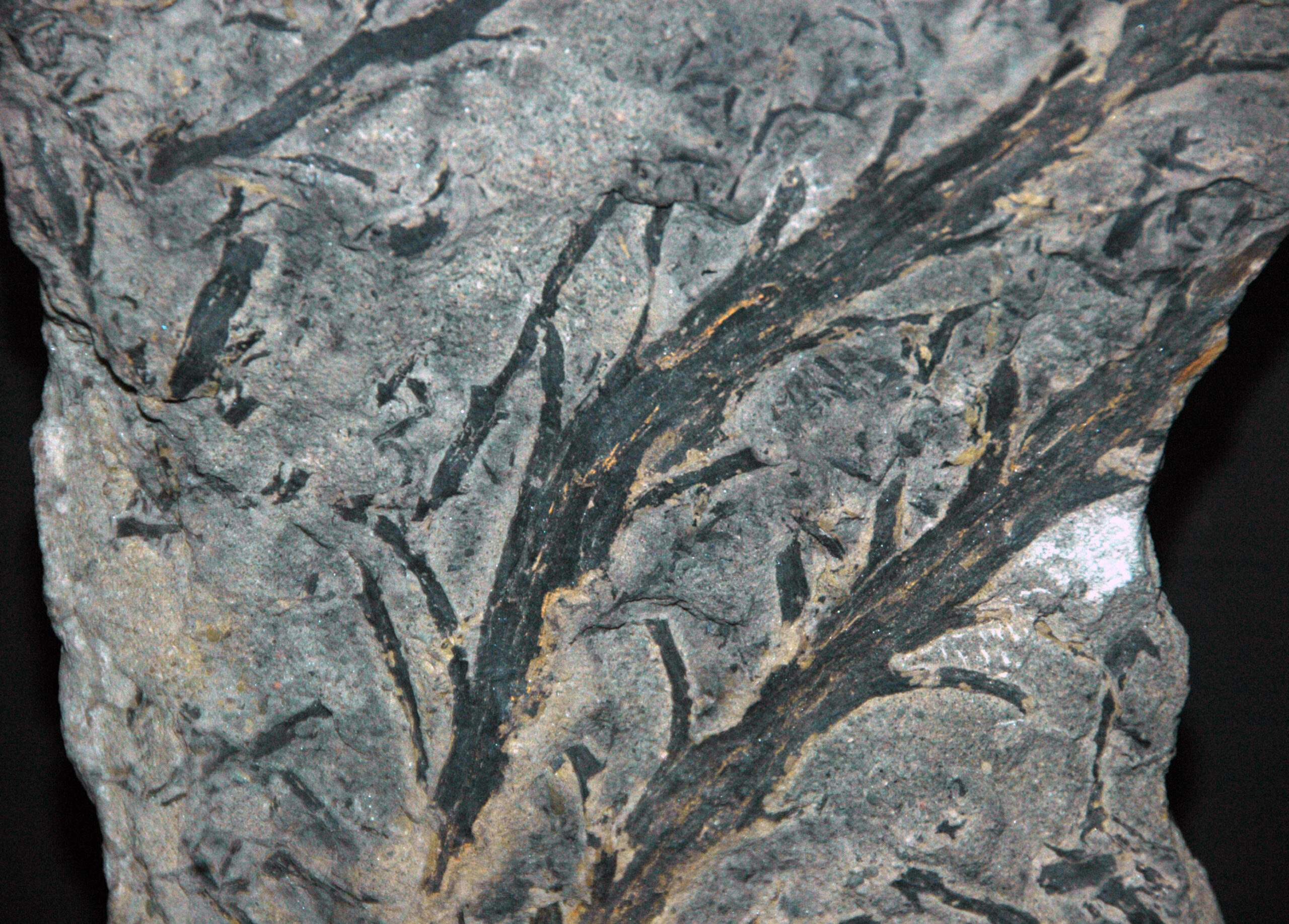
As time progressed through the Devonian period, plants began to develop increasingly sophisticated structures. Fossils of plants from the early Devonian show that a simple form of wood first appeared at least 400 million years ago, at a time when all land plants were small and herbaceous. Because wood evolved long before shrubs and trees, it is likely that its original purpose was for water transport, and that it was only used for mechanical support later.
The development of vascular systems was crucial for plants to grow taller and compete more effectively for sunlight. The first plants to really fight against gravity are called vascular plants, and evolved special tissue types to move water and nutrients to all parts of the plant. Vascular plants have xylem and phloem tissues to transport water and nutrients respectively, along the interior of the plant stem. These vascular tissues are the plant’s strengthening inner skeleton. This enables them to grow tall against gravity, a necessary task for all land-living organisms.
In fact, though plants first arrived on land about 470 million years ago, trees and forests didn’t hit the scene until nearly 390 million years ago. During that interval, plant life slowly evolved genetic precursors needed to produce trees, which then outcompeted other plants. This eighty-million-year gap represents one of the most important periods in Earth’s history, when life was learning how to thrive on land.
Conclusion
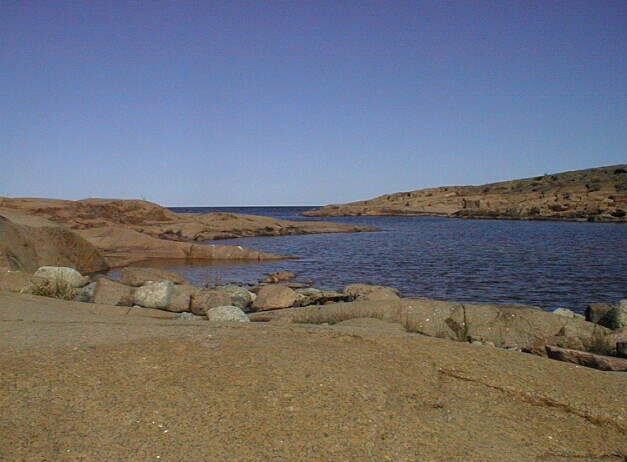
The Earth before trees was a world of extremes, a planet struggling to find balance between the raw forces of geology and the delicate emergence of life. From the barren rock faces and shifting sediments to the microscopic mats that began the slow process of soil creation, every element of this ancient world played a crucial role in setting the stage for the green planet we know today.
Perhaps most remarkable is how this seemingly hostile environment was actually the perfect nursery for life’s greatest innovations. The harsh conditions forced early organisms to develop photosynthesis, atmospheric ozone protection, and complex root systems – all the tools that would eventually enable forests to flourish and complex life to explode across the planet.
This forgotten chapter of Earth’s history reminds us that transformation often begins in the most unlikely places. What do you think about this incredible journey from bare rock to the lush forests that would follow? Tell us in the comments.

